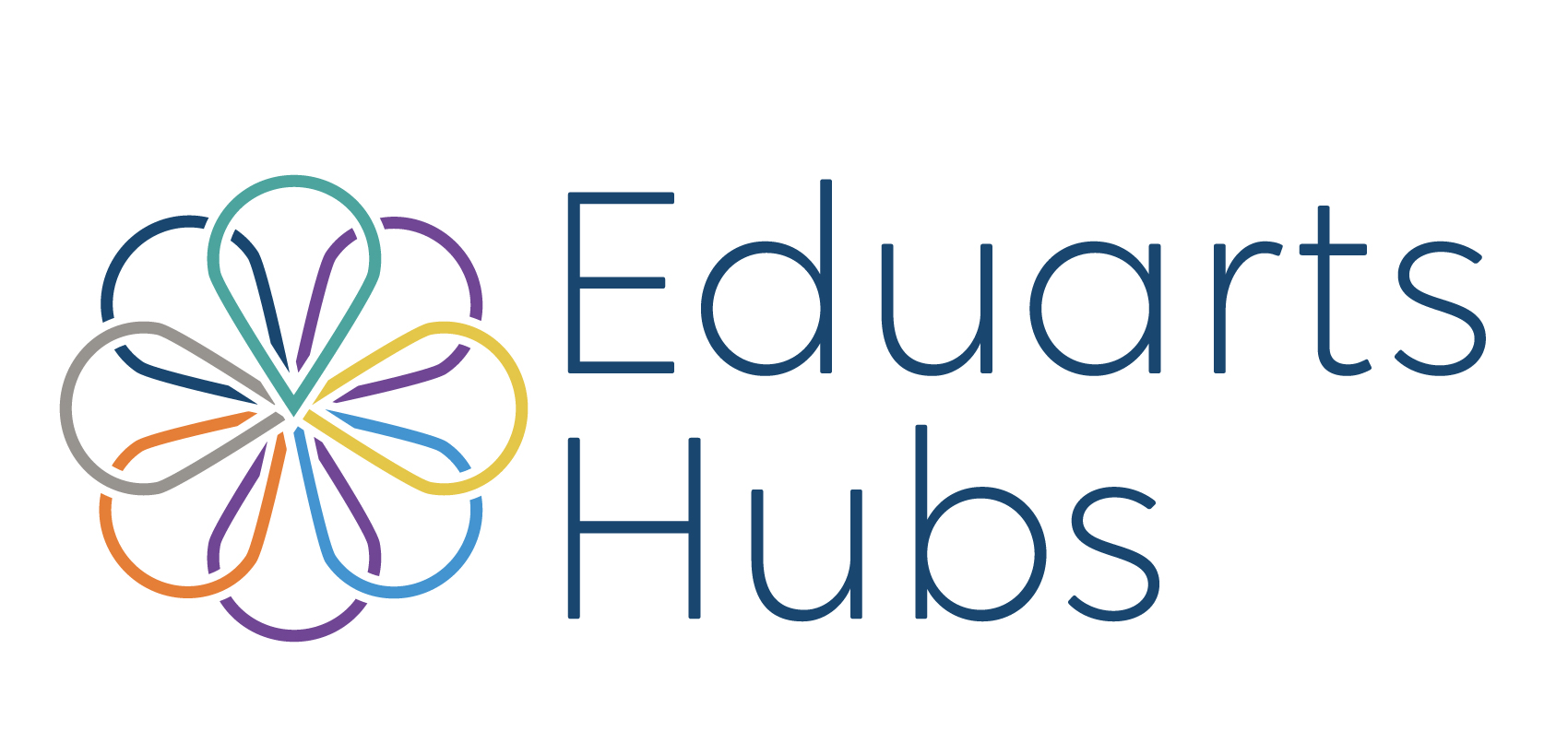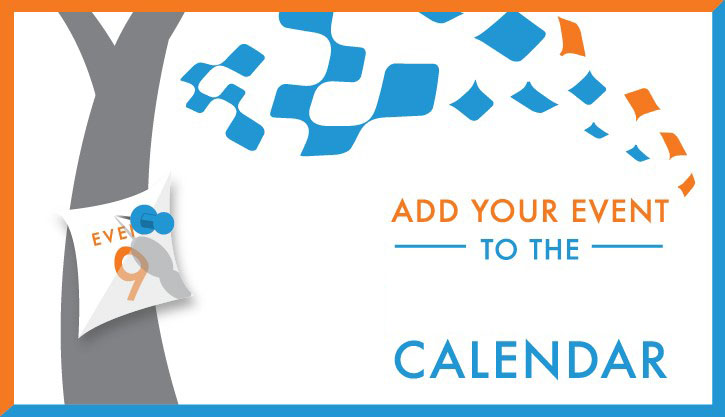UNESCO and advocates around the world have long called for universal access to quality arts and learning experiences for children, youth and life-long learners, citing a range of personal, social and academic benefits to learners, the environments in which they learn and the communities in which they live. Such advocacy continues to be imperative within existing educational structures and under the economic conditions that sustain the status quo. At the same time, the world in which we live and the channels through which we learn are changing radically and irreversibly.
The era in which teaching and learning could be confined to a prescribed and linear curriculum delivered within a closed system is approaching the point of irrelevance. Such a curriculum can no longer adequately reflect the diversity of student experience nor the overwhelming impact of proliferating technologies. Educators must prepare for a future in which the arts will inevitably play a key role within a technology-enabled educational process, a process that will take shape under uncertain economic, societal and environmental conditions. At the same time, the field of arts education will need to look beyond merely advocating for itself to intentionally and thoughtfully re-conceptualizing its goals and methods in a way that will realize its full potential.
If our planet continues to warm at the current rate, governments will be confronted with unprecedented levels of mass migration and accompanying civil unrest. As automation and artificial intelligence continue to supplant human labour, young people are likely to be left to build personal and social identities in an absence of permanent or reliable employment. And as digital technologies increasingly dominate the ways in which people live their daily lives, the relevance of our current, industrial model of schooling will continue to diminish.
On the bright side, we can look forward to positive developments in medicine, communications, travel and other aspects of human life. Knowledge in every field of scientific study will expand and deepen. Isolated communities will gain access to amenities that are currently available only in urban areas. The potential for intercultural exchange and appreciation will be facilitated by improvements to communications and sustainable means of transportation. Nevertheless, even these advances will bring fresh challenges. As human life expectancy increases, so will demands on geriatric services. As machine learning continues to assist in medical diagnosis, public safety and fraud detection, so will it increasingly challenge concepts of privacy and human agency. For some, the advantages of technologically-mediated living will be compromised by increased social isolation, cyber-bullying and the digital facilitation of socially destructive activities.
Taken together, these changes will be powerfully disruptive. The status quo will not endure. Educators at all levels and in all contexts must ramp up efforts, to develop new ways by which learners of the future will acquire the knowledge, skills and resilience they need to succeed in whatever conditions they find themselves. Given the opportunity, arts education will make a substantial contribution to the lives of these learners not only as a route to personal satisfaction but as a means by which they can communicate, heal, construct culture, and build community, in whatever context and through whatever technologies may emerge.
Arts educators already have at their disposal a universally recognized plan of action, one that identifies priorities for the sector and offers a range of strategies to achieve these objectives. The Seoul Agenda: Goals for the development of arts education was unanimously endorsed by the General Conference of UNESCO in 2011. It outlines specific action items designed to achieve three overriding goals: 1) ensuring universal access to arts education, 2) ensuring high quality in arts education programs, and 3) applying arts education to help solve serious social and cultural problems facing the world. Because of its comprehensiveness and its global acceptance, the Seoul Agenda provides an excellent foundation on which to build a vision of arts and learning for the future.
While recognizing that arts education must achieve its objectives within the context of a rapidly changing world, the Seoul Agenda is by no means intended as a futuristic projection. Rather, it assumes a level of stability within educational and social structures, offering concrete actions whereby arts educators can make a contribution to issues of access, quality and relevance within those structures. A vision of arts and learning for the future will need to address these same issues, not from the perspective of how they may be made manifest in the schools and community initiatives of today but, rather, with a view to pursuing these intentions in a world that will be vastly different from our current reality. In developing such a vision, stakeholders will need to ask how arts education can make a difference in a world that may be untethered from the institutions and practices that anchor our current understanding.
We might ask, for example, how stakeholders of today would envision the status and role of arts education a full generation into the future.
In twenty years, how will arts education be accessed?
In twenty years, what will quality in arts education look like?
In twenty years, how will arts education be applied to resolving social and cultural challenges facing the world?
In twenty years, what will be the role of the arts educator?
In charting a route through these untested waters, it will be useful to review the ways in which forward-thinking countries, districts and organizations have introduced innovations that suggest a progressive route for arts education. We will need to see how they have stretched the perception of education to embrace digital and out of classroom experiences along with life-long learning. We will be interested to study the impact of individualized, holistic and cross-disciplinary learning. We will seek out examples of increasingly interactive, student-directed and intergenerational pedagogies. We will want to see how learning in the arts can contribute to sustainability goals related to physical and mental health and well-being, social justice and reconciliation, intercultural understanding, social cohesion, democracy and conflict resolution. Moreover, we will look for ways in which arts education can contribute to the articulation of a humanistic world view, one that will reflect our changing context and bring the clarity and conviction needed to validate newly constructed identities and to guide the ethical behaviour of citizens of the future.
The conviction that arts and learning must, inevitably, play a central role in any future educational paradigm, derives from evidence that the roots of artistic practice stretch deep into human evolutionary prehistory, as illustrated by discoveries of flute fragments in Neanderthal settlements dating from 43,000 years in the past. We are, in an essential way, an artistic species. For millions of years we have communicated and learned through the arts. We have turned to the arts as a way of ritualizing and thereby mythologizing human experiences. Through the arts, we have explored our deepest humanity and our highest spiritual aspirations. A world without the arts would be a world without humanity.
While specific examples of artistic practice clearly reflect the cultural and economic conditions in which they are created, it is equally true that the arts have the capacity to adjust to changing circumstances, to speak to future generations under previously unimagined circumstances, to serve as a model of interactive, learner-directed pedagogy, to promote a deep and lasting development of social and emotional skills, to enhance learners’ well-being, and to foster the kind of creative capacity needed by all those who will be coping with issues and opportunities that cannot yet be foreseen.




